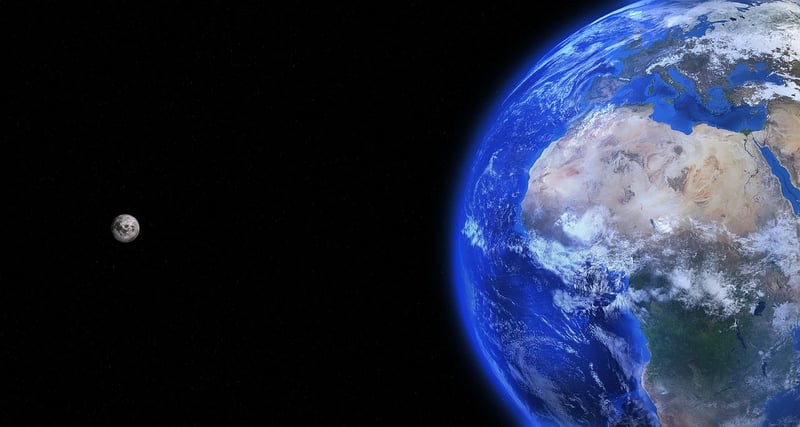Warp Drives
The Science of Time Travel and Warp Drives
Introduction
Time travel and warp drives have long been popular concepts in science fiction, but what about the real science behind them? Let's explore the mechanisms that could potentially allow for time travel and warp drives in the realm of theoretical physics.
Time Travel
Time travel is the concept of moving between different points in time. While time travel to the past is a highly debated topic in physics, traveling to the future is theoretically possible according to Einstein's theory of relativity. One proposed mechanism for time travel to the future is through the use of a wormhole.
Wormholes
A wormhole is a hypothetical tunnel-like structure that connects two separate points in spacetime. By traversing through a wormhole, it may be possible to travel to a different point in time. However, the existence of traversable wormholes and the stability required for time travel remain purely theoretical and have not been proven.
Warp Drives
Warp drives, popularized by science fiction, are theoretical spacecraft propulsion systems that could potentially allow faster-than-light travel by contracting space in front of the spacecraft and expanding it behind. This concept is based on the Alcubierre drive proposed by physicist Miguel Alcubierre.
Alcubierre Drive
The Alcubierre drive works by creating a "warp bubble" that distorts spacetime around the spacecraft, effectively allowing it to "surf" on a wave of compressed spacetime. While the physics of the Alcubierre drive are mathematically sound, the energy requirements to create such a warp bubble are currently beyond our technological capabilities.
Conclusion
Time travel and warp drives are fascinating concepts that push the boundaries of our understanding of physics. While these ideas remain speculative and far beyond our current technological reach, they continue to inspire scientific research and fuel the imagination of both scientists and science fiction enthusiasts alike.
For more information on time travel and warp drives, you can visit Space.com.


